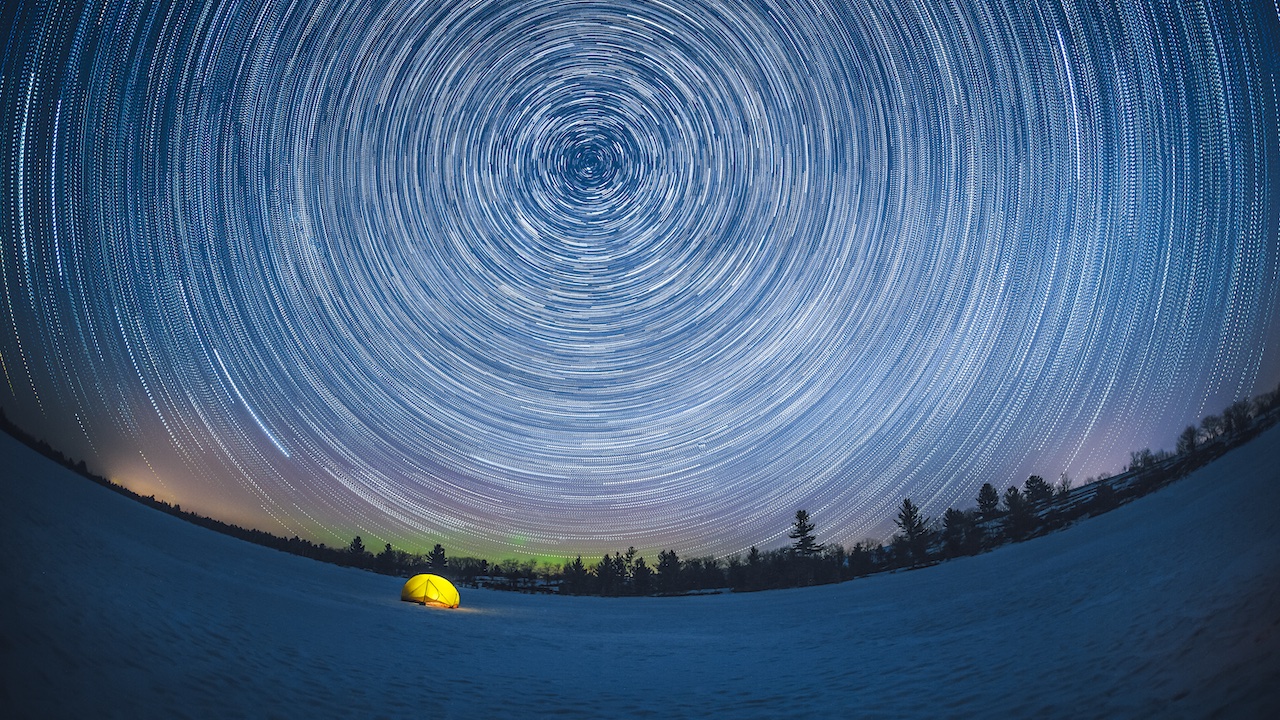The new year kicked off with a bang. The Quadrantids meteor shower, which peaks in early January each year, is considered one of Earth’s best annual meteor showers! During its peak, sky watchers can gaze at anywhere from 60 to 200 Quadrantid meteors per hour under perfect night sky conditions (ideally a dark sky with little moonlight).
According to NASA, the meteors come from leftover comet particles from broken asteroids. When these bits hover around the sun, the debris they emit creates a dusty trail around their orbits. When the Earth passes through the debris trails, the bits disintegrate and create fiery, colourful streaks across the sky.
Most meteor showers have a two-day peak, but the Quadrantids peak only lasts for a few hours due to the shower’s thin stream of particles and because Earth crosses the stream at a perpendicular angle. This year, the best time to watch the Quadrantids was anywhere in the Northern atmosphere (Toronto included) within the hours just before dawn from Jan. 2-4.
NEWS 🚨: The Quadrantid meteor shower peaks tonight Jan. 2 and into dawn
With clear skies and no light, you can see 60-100 meteors per hour ☄️ pic.twitter.com/mvqqTBRVug
— Latest in space (@latestinspace) January 2, 2025
Thankfully, Torontonians can still get a chance to catch a few late meteors from the tail end of the shower! Just head to a spot away from city lights — although there will be slightly more moonlight in the evening sky and the rate of meteors will be lower than at its peak from a few days ago, you could still see some activity until about mid-January.
Here are a few spots close by that might do the trick:
- Tommy Thompson park – Leslie Street spit.
- Ward’s Island and Gibraltar Beach – south-face on the island.
- Scarborough Bluffs.
- Torrance Barrens Dark Sky Preserve in Muskoka (pictured at top).
According to EarthSky, the name “Quadrantid” comes from the now-obsolete constellation “Quadrans Muralis” that was first spotted in 1975 by French astronomer Jerome Lalande, between the constellations of Boötes the Herdsman and Draco the Dragon.
The Quadrantids are said to originate from a small asteroid (or dormant comet) measuring about 3 kilometres, dubbed asteroid 2003 EH1. This asteroid takes 5.52 years to orbit the Sun once! EH1 was discovered in March 2003 by the Lowell Observatory Near-Earth Object Search. Shortly after, Peter Jenniskens, an astronomer and research scientist at NASA, came to the conclusion that EH1 is the source of the Quadrantid meteors.
The Quadrantid shower is one of four major meteor showers each year with a sharp peak (the other three are the Lyrids (to peak on April 22), Leonids (to peak Nov. 16-18), and Ursids (Dec. 13-24).


